The majority of the time, most of us never think about the correct way to glue our joints together. Recently, I attended a Marc Adams seminar through the Colorado Woodworkers Guild at the Rockler store in Denver, and learned the correct gluing process.
The most common glues that we use for gluing the joints in our projects are white and yellow glue. The majority of us use the yellow glue, but this may not be the best glue to use for our joints. The yellow glue has a shorter working time than the white glue, and is designed to work with higher moisture woods, such as pine/fir construction-grade lumber. The white glue is designed for lower moisture woods and provides a longer working time. I know this will be against the social trends, but I recommend using white glue for the majority of your woodworking joints.
The majority of the glue manufacturers recommend the following process to applying the glue to your woodworking joints.
- Select the correct glue for your current application. In addition to white and yellow glue, there are many types of adhesives available for different applications.
- Use fresh glue. If your glue is over one year old, then you need to get a fresh bottle. Once the glue is older than a year, the ingredients start to break down and will not work as well.
- Review the working time of the glue. This is the time that you have to put the joint together and in the clamps.
- Understand the wood condition. Review the moisture level of the wood that you are working.
- Confirm fit of joint. The joint should have a high friction fit between surfaces.
- Applying the white/yellow glue. Apply an even amount of glue on both surfaces of the joint. The glue bonds on a cellular level, so a very thin film is required. If necessary, remove the excess glue from the surfaces of the joint.
- Review the open time. This is the time it takes the glue to fully solidify. White and yellow glue require air to start the curing process, so allow the glue to breath for 30-45 seconds longer than you would normally.
- Apply clamping pressure. Adding cauls to the clamps will protect the wood surface and increase the clamping area. The clamping area is projected out from the shoe or foot of the clamp to the joint at a 45 degree angle. Overlapping these projected clamping areas will increase the clamping pressure on the joint. Apply as much pressure as you can.
- Review the cure time. This is the time is takes for the glue bond to the wood fibers. In Colorado, this time is usually about one hour. After one hour, you can remove the joint from the clamps and continue working the wood. Do not use machines or hand tools that generate surface heat. The heat will break-down and weaken the glue bond. The glue will fully cure in ~24 hours.
The most common joints that we are gluing are:
- Long grain to Long grain – This is the strongest joint and does not need mechanical fasteners.
- End grain to Long grain – This is a weaker and does require a mechanical fastener.
- End grain to End grain – This is weaker and does require a mechanical fastener.
The gluing process is simple and easy to use. I am going to continue to use this process with all my glue joints and recommend that you do the same. Remember to add mechanical fasteners to the weaker joints to insure they will last for generations. White glue will give you more working time and you can use your kids’ school supplies for your next gluing application.

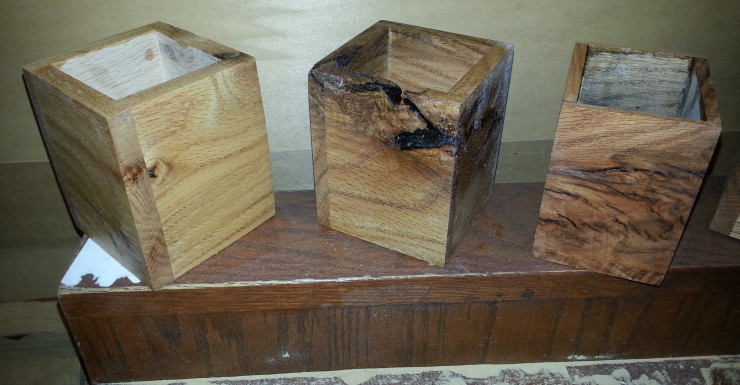
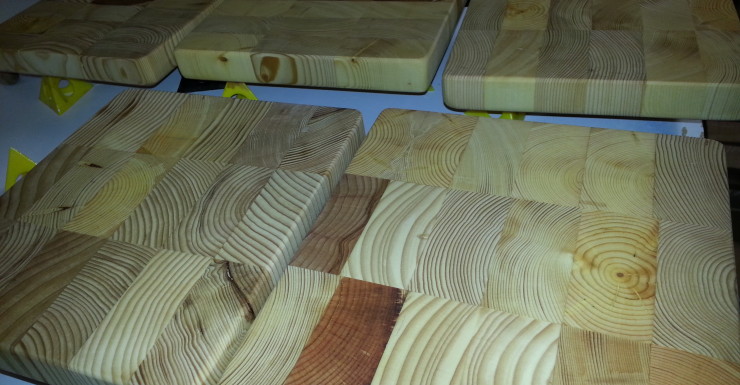
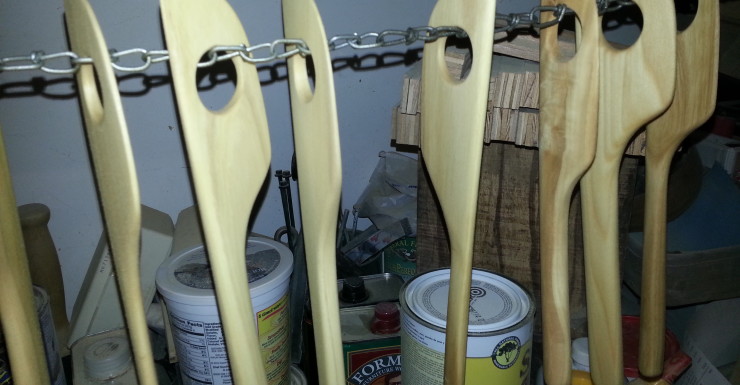
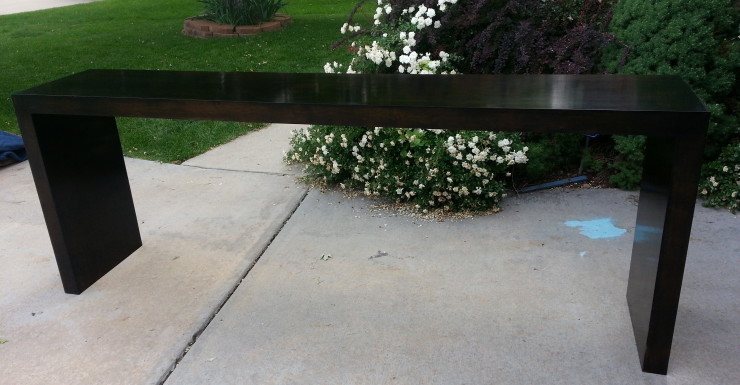
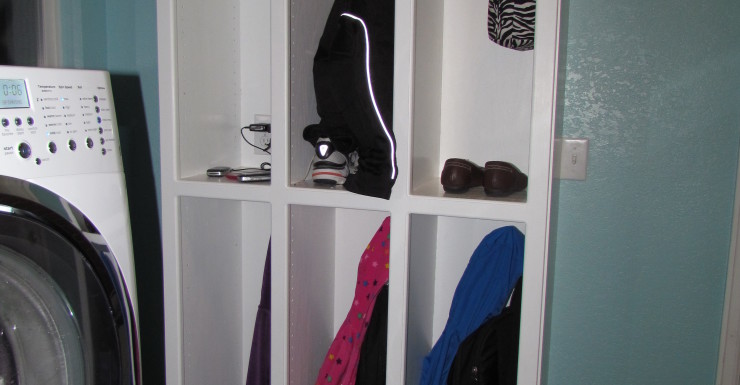
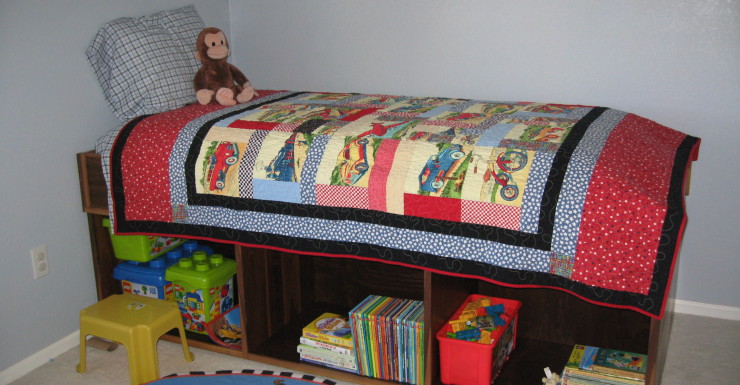
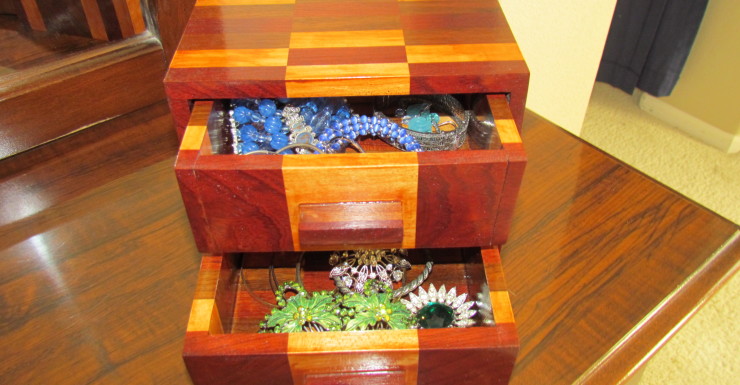
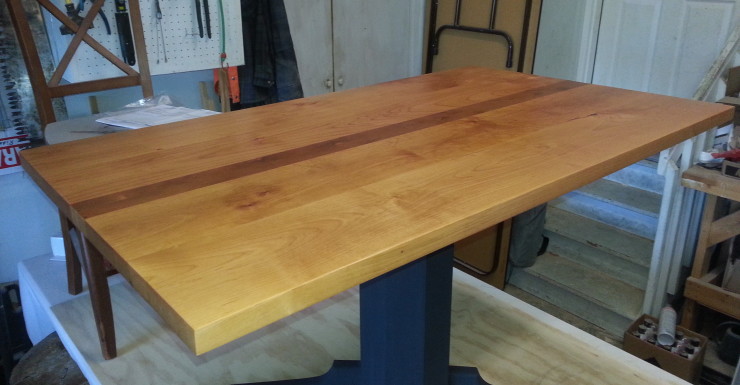
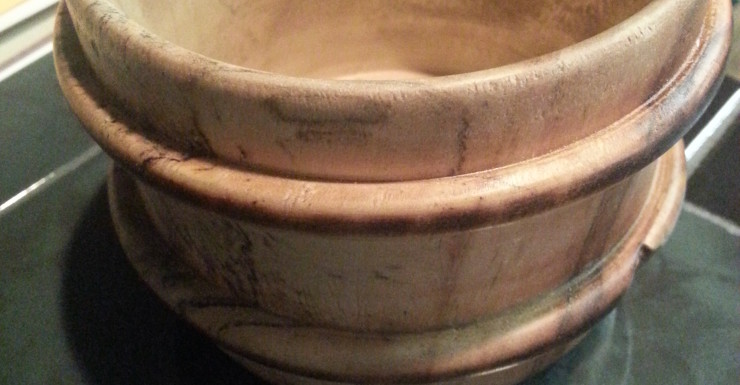
This is what I have been searching in quite a few web pages and I ultimately identified it right here. Wonderful post. I am so impressed. Could under no circumstances imagine of these a point is attainable with it…I imagine you have a excellent information in particular while dealings with these kinds of topics.
As a Newbie, I am constantly searching online for articles that can help me. Thank you
I like your blog.
The facts mentioned in the article are some of the most beneficial to me.